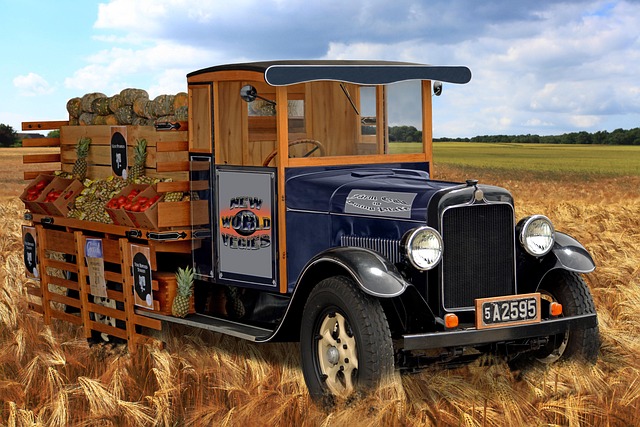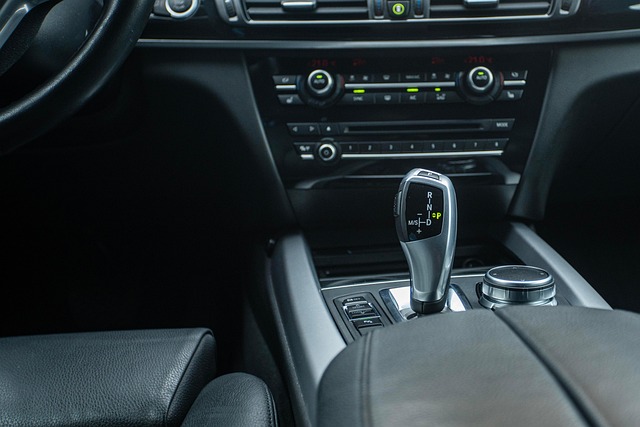“Unraveling the process of registering your car in California can seem daunting, but with the right guidance, it becomes a straightforward procedure. This comprehensive guide breaks down the essential steps and requirements for a successful registration, including the crucial role of a VIN Verifier. From understanding the legal obligations to gathering vital documents, we’ll walk you through each stage, ensuring a smooth experience. By following our step-by-step instructions, you’ll be ready to hit the road legally in no time.”
- Understanding the Requirements for Car Registration in California
- Gathering Necessary Documents for Vehicle Registration
- The Role of the VIN Verifier in California Car Registration
- Step-by-Step Guide to Registering Your Car in California
- Common Mistakes to Avoid During the California Car Registration Process
Understanding the Requirements for Car Registration in California

Before diving into the registration process, it’s crucial to understand the requirements for car registration in California. The state has specific guidelines that all vehicle owners must adhere to ensure their cars are legally operational on public roads. One of the primary checks involves using a Vehicle Identification Number (VIN) verifier to confirm the authenticity of the vehicle’s details. This step is essential to prevent fraud and ensure only legitimate vehicles are registered.
In California, the process often begins with an owner obtaining necessary documents, including proof of insurance, a valid driver’s license, and a completed registration application. Additionally, many residents opt for a mobile VIN verifier or mobile vin inspection service to streamline the initial verification step. This innovative approach allows owners to validate their vehicle’s history from the convenience of their home or garage, simplifying an otherwise bureaucratic task.
Gathering Necessary Documents for Vehicle Registration

Before you start the registration process, ensure you gather all the essential documents required by the California Department of Motor Vehicles (DMV). One crucial document is the Vehicle Identification Number (VIN) verifier, which can be obtained through a mobile VIN verification service or during a vin inspection. This unique 17-character code is critical for identifying your vehicle and ensuring its authenticity.
Additionally, you’ll need to provide proof of ownership, typically in the form of a title or bill of sale, along with valid identification documents such as a driver’s license or state ID card. If you’ve recently purchased the car, you might also require the seller’s signature and their original title to complete the registration.
The Role of the VIN Verifier in California Car Registration

In California, the process of car registration involves a crucial step known as the Vehicle Identification Number (VIN) verification. This is where a VIN verifier plays a significant role, ensuring that the vehicle meets all legal requirements before it can be registered and hit the roads. The VIN verifier is responsible for cross-referencing the unique 17-digit VIN with state records to confirm the vehicle’s identity, history, and compliance with safety standards. This step is vital in preventing fraud and ensuring that only legitimate vehicles are registered.
A mobile VIN verifier offers a convenient alternative to traditional verification methods. With a quick and efficient on-site inspection using advanced technology, these mobile services provide an easy way for California residents to complete their car registration process. Whether it’s a mobile vin inspection or verification, this step ensures that vehicle owners have a seamless experience while adhering to the strict regulations in place.
Step-by-Step Guide to Registering Your Car in California

Registering a car in California involves several straightforward steps. First, gather all necessary documents, including your vehicle’s Certificate of Title (if applicable), proof of insurance, and valid driver’s license. You’ll also need to conduct a VIN inspection or verify the Vehicle Identification Number (VIN) using a trusted service, like a mobile VIN inspection or online tool, to ensure the vehicle’s history is clear.
Next, visit your local California Department of Motor Vehicles (DMV) office. There, you’ll complete an Application for Title and Registration form. After submitting the required documents and fees, DMV staff will process your application, assigning a unique California license plate to your vehicle. Ensure you leave the office with both the physical plate and any necessary paperwork for future reference and proof of registration.
Common Mistakes to Avoid During the California Car Registration Process

During the car registration process in California, there are several common mistakes that individuals often make. One of the most critical is overlooking the importance of a thorough vin inspection. The Vehicle Identification Number (VIN) is a unique code that can provide vital information about a vehicle’s history and specifications. A proper vin verification ensures that the details on the registration documents match the car’s actual condition, preventing potential issues in the future.
Another common blunder is relying solely on traditional methods of vin inspection instead of exploring modern alternatives like mobile vin verification. Opting for a mobile vin inspection can save time and effort by allowing you to conduct the check from the comfort of your home or garage. This approach ensures that all required documentation is in order, reducing the risk of delays or rejections at the Department of Motor Vehicles (DMV).
Registering a car in California involves understanding specific requirements, gathering essential documents, and ensuring a smooth process. By following the step-by-step guide and avoiding common mistakes, you can efficiently navigate the California car registration process. Remember to engage the services of a trusted VIN verifier to ensure your vehicle’s history is accurately verified, making it a crucial step in securing a valid registration.
